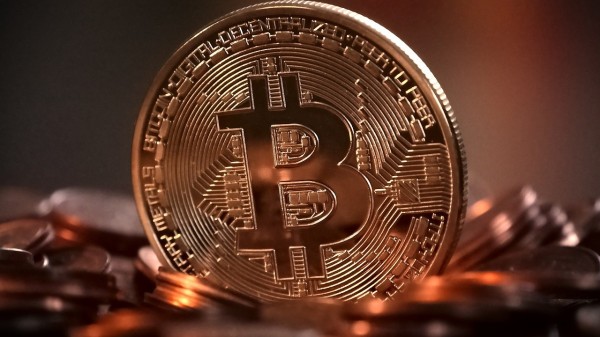

By signing in or creating an account, you agree with Associated Broadcasting Company's Terms & Conditions and Privacy Policy.


By signing in or creating an account, you agree with Associated Broadcasting Company's Terms & Conditions and Privacy Policy.

New Delhi: The Indian Rupee slipped to a record low of 89.73 against the dollar on November 24, 2025. Due to the increase in domestic demand of the USD and the decrease in the supply of dollars in the market, the pressure on the Indian currency is increasing suddenly. Typically, such a sharp fall of the Rupee creates short-term risk-off sentiment in the stock market, because imports are costlier, the cost of corporates increases and margins are pressured. After a record low closing of 89.49 on Friday, the Rupee fell to the level of 89.73 in intraday trading in the future on Monday.
Global signals are almost constant. There is no significant movement in the Dollar Index, the crude price is also calm. The currencies of emerging economies are not showing weakness. But even after this, the Rupee has seen a decline. A Moneycontrol report stated that RBI recently deferred the Rupee at the level of 88.80, but the sudden retreat triggered stop-loss and the decline intensified. At the time of writing this article, the Rupee was trading at the level of 89.19 against the dollar on the Intra Bank Currency Exchange.
Pressure on the equity market
According to the report, experts claim that the impact of Rupee’s weakness is going to increase the pressure for sectors with import dependency. Due to this, the pressure on all midcap-smallcap stocks has also increased. FIIs usually adopt a defensive approach during currency declines, because adjusted returns decrease in dollar terms and volatility increases. Experts have described the weakness of the rupee as cooling short-term equity sentiment. Specifically, we have talked about its pressure on high-valuation and rate-sensitive stocks.
VK Vijayakumar of Geojit Investments says that at this time the fall of the Rupee will not have a big impact on the market, because the valuations are already cooled-off. After the weakness of the AI theme, they hope that FIIs will become buyers of Indian markets again, which will also reduce the pressure on the currency.
Most analysts believe that the decline can be limited if some key triggers come along, such as crude becomes soft, the dollar index cools down, and the RBI keeps volatility under control. Apart from this, a possible India-US trade deal can also support the rupee by reducing the trade deficit. At the same time, it is expected that the Rupee will return to a stable range in the next three-four quarters.








